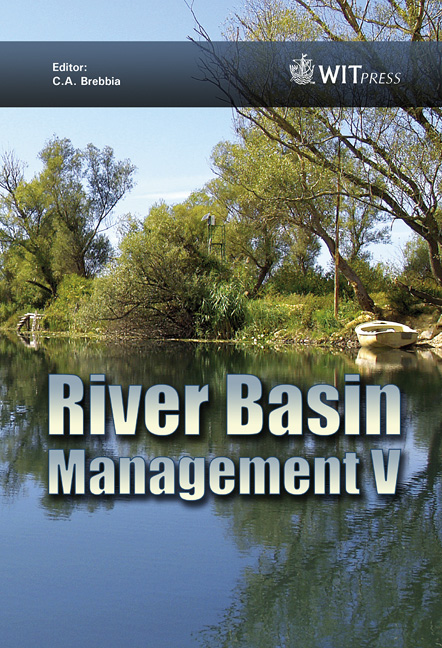Dynamics Of Concentrations Of Total Organic Carbon In Estonian Streams, 1992–2007
Price
Free (open access)
Transaction
Volume
124
Pages
7
Page Range
47 - 53
Published
2009
Size
790 kb
Paper DOI
10.2495/RM090051
Copyright
WIT Press
Author(s)
J. Pärn, L. Randmaa & Ü. Mander
Abstract
Human activities have begun to transform northern peatlands into global sources of dissolved organic carbon (DOC). In Estonia, there are 10,091 km2 of peatlands, constituting 22.3% of the country’s total area. The increasing number of drought days during the last 50 years, which constitutes a threat of an increased flux of dissolved carbon, has also been observed in Estonia. The aim of the current study was to explain organic carbon trends in Estonian streams during the period 1992–2007. The national environmental monitoring programme initiated the measurement of total organic carbon (TOC) in Estonian streams in 1998. We reconstructed the earlier concentrations of TOC through the link with permanganate oxygen consumed (POC). The TOC and POC data of 64 weirs was studied. The determination coefficients between TOC and POC were over 0.75 for the nine North Estonian streams (Kasari, Vihterpalu, Vääna, Keila, Pirita, Jägala, Pudisoo Valgejõgi and Loobu). The R2 values in the rest of the sampled weirs were below 0.7. Likewise, the temporal trend of both TOC and POC data was insignificant. In northern Estonia, a weak but significant (R2=0.09, p<0.05) rising trend in TOC concentrations was observed. This may have resulted from the high percentage of peatlands and more calcareous soils in northern Estonian catchments. The trend corresponds with earlier data from northern catchments, being influenced by the effects of global warming and/or changes in the chemistry of atmospheric deposition, and demonstrating a complex positive feedback in the global C cycle. Keywords: bog, catchment, climate change, enzymic latch, landscape, mire, sulphate deposition.Keywords
bog, catchment, climate change, enzymic latch, landscape, mire, sulphate deposition





